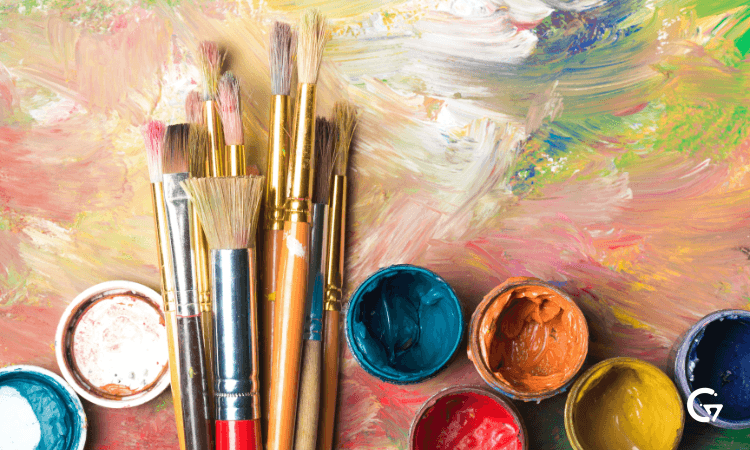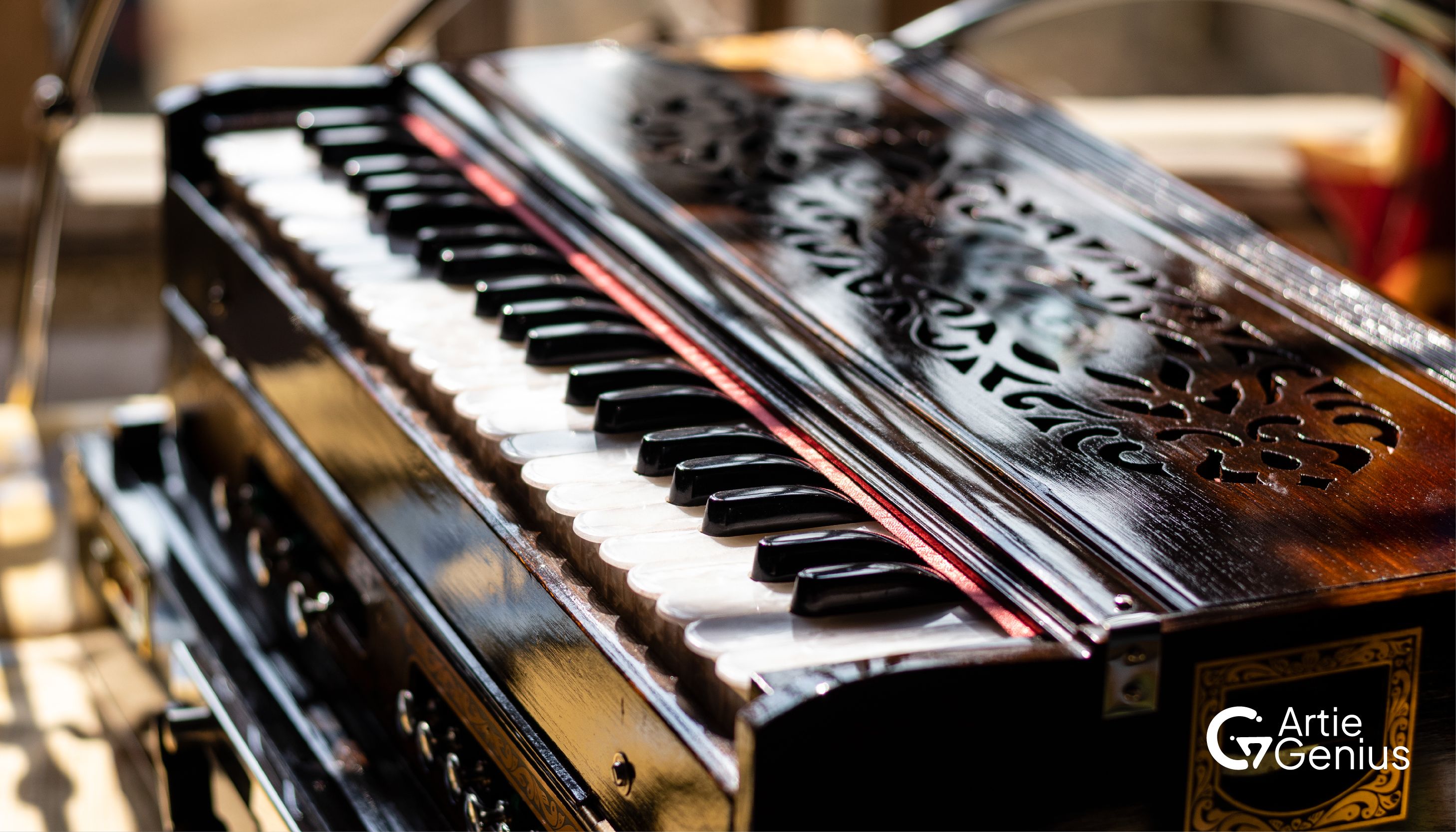When diving into the world of painting, choosing the right brush can make all the difference. Paintbrushes come in various shapes and sizes, each designed for specific techniques and mediums. In this blog, we'll explore the types of paint brushes and how to use them effectively to bring your creative visions to life.
Benefits of Using Different Types of Brushes
Using the right brush for the right job can significantly enhance your painting experience and results. Here are some key benefits of using different types of paint brushes:
Achieve a Variety of Effects: Each brush type, whether flat, round, or fan, offers unique strokes and textures that add depth and dimension to your artwork.
Improve Precision and Detail: Small, detail brushes allow you to focus on intricate areas, while larger brushes cover broad surfaces, offering versatility.
Enhance Control Over Medium: Different brushes work best with different mediums. For example, mop brushes control water flow in watercolor, while bright brushes manage thick acrylics.
Speed Up Your Workflow: Using larger brushes for base layers and smaller brushes for detail allows you to work more efficiently without sacrificing quality.
Create Textures and Layers: Brushes like fan or filbert can help blend or create textured effects, adding depth to landscapes, portraits, or abstract art.
Tips on Picking the Right Brush
Now that you have learned something about the different sorts of paint brush and their various uses, here are a few tips on making your selection: Consider the Medium: Some brushes are optimized for some types of paint. Watercolor brushes, for instance, are much softer than those used for acrylic or oil and are much more robust. Bristle Size: Larger brushes cover more surface area; smaller brushes are great for detail work. Flexibility Test: The degree of stiffness in a brush will also affect the manner in which it applies the color. Softer brushes are best for washes, while stiffer brushes perform ideally for thick, textured strokes.
Types of Paint Brushes
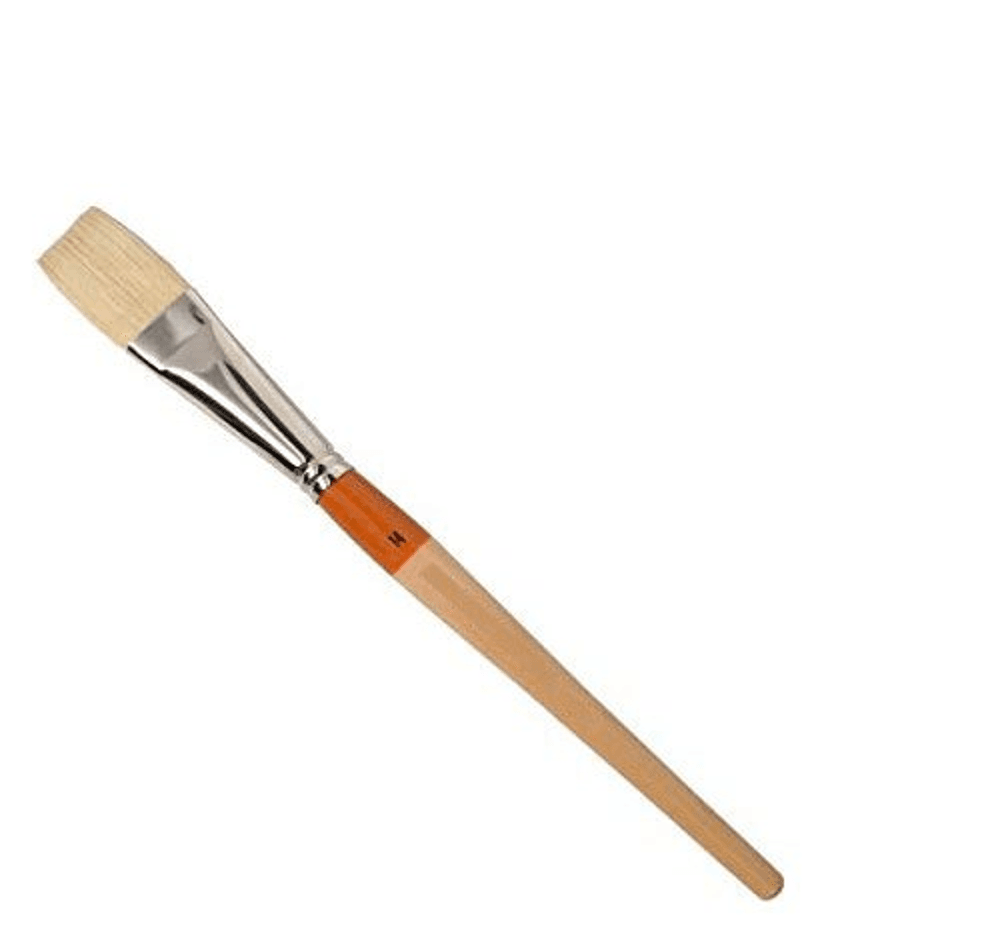 1. Flat Brushes
Flat brushes are very versatile and common in types of painting techniques. They have long, square-shaped bristles that can hold a lot of paint, therefore suitable for wide strokes and filling large areas.
1. Flat Brushes
Flat brushes are very versatile and common in types of painting techniques. They have long, square-shaped bristles that can hold a lot of paint, therefore suitable for wide strokes and filling large areas.
Uses:
- Ideal for base coatings and large surface areas.
- Ideal for the creation of strong, straight outlines.
- Textures can be created by turning the brush on its side.
Flat brushes are another type that allows the paint to cover more space quickly and effectively in an acrylic painting. However, flat brushes are also generally used for oil and watercolor paintings.
2. Rounded Brushes
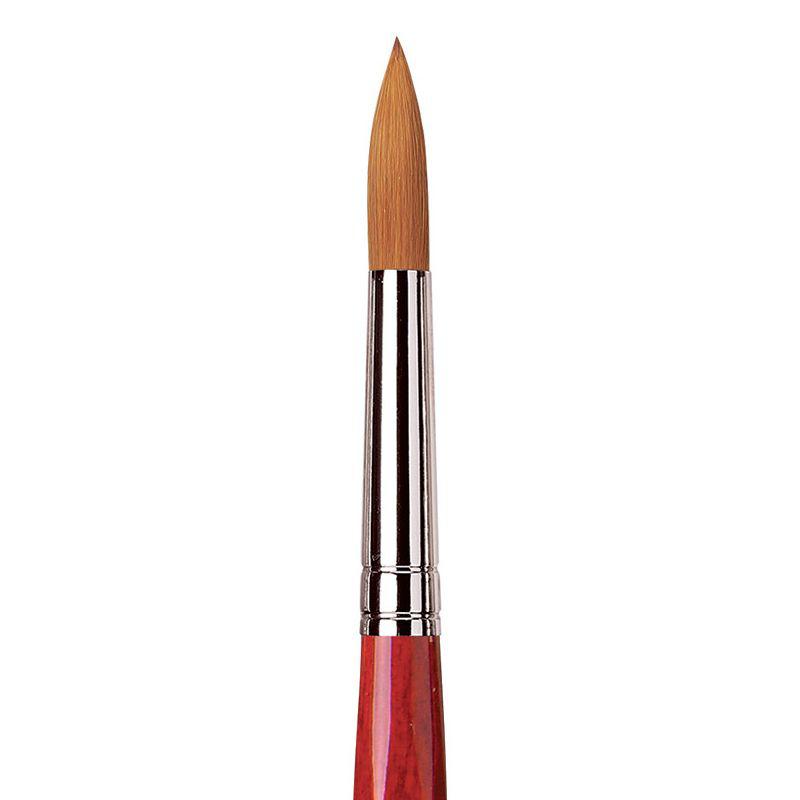 Round brushes are perhaps the most widely used by artists. These types of brushes possess a rounded tip, which tapers to quite a fine point. The thickness of the line drawn can be altered depending on the pressure applied.
Round brushes are perhaps the most widely used by artists. These types of brushes possess a rounded tip, which tapers to quite a fine point. The thickness of the line drawn can be altered depending on the pressure applied.
Uses:
- Ideal for outlining and detailed work.
- Good for making fine lines and precise forms.
- Good for fluid watercolour flow strokes.
- For those using acrylics or gouache, it is versatile in a wide variation of brush strokes; from broad washes to intricate detailing the round brush has proven worthy.
3. Filbert Brushes
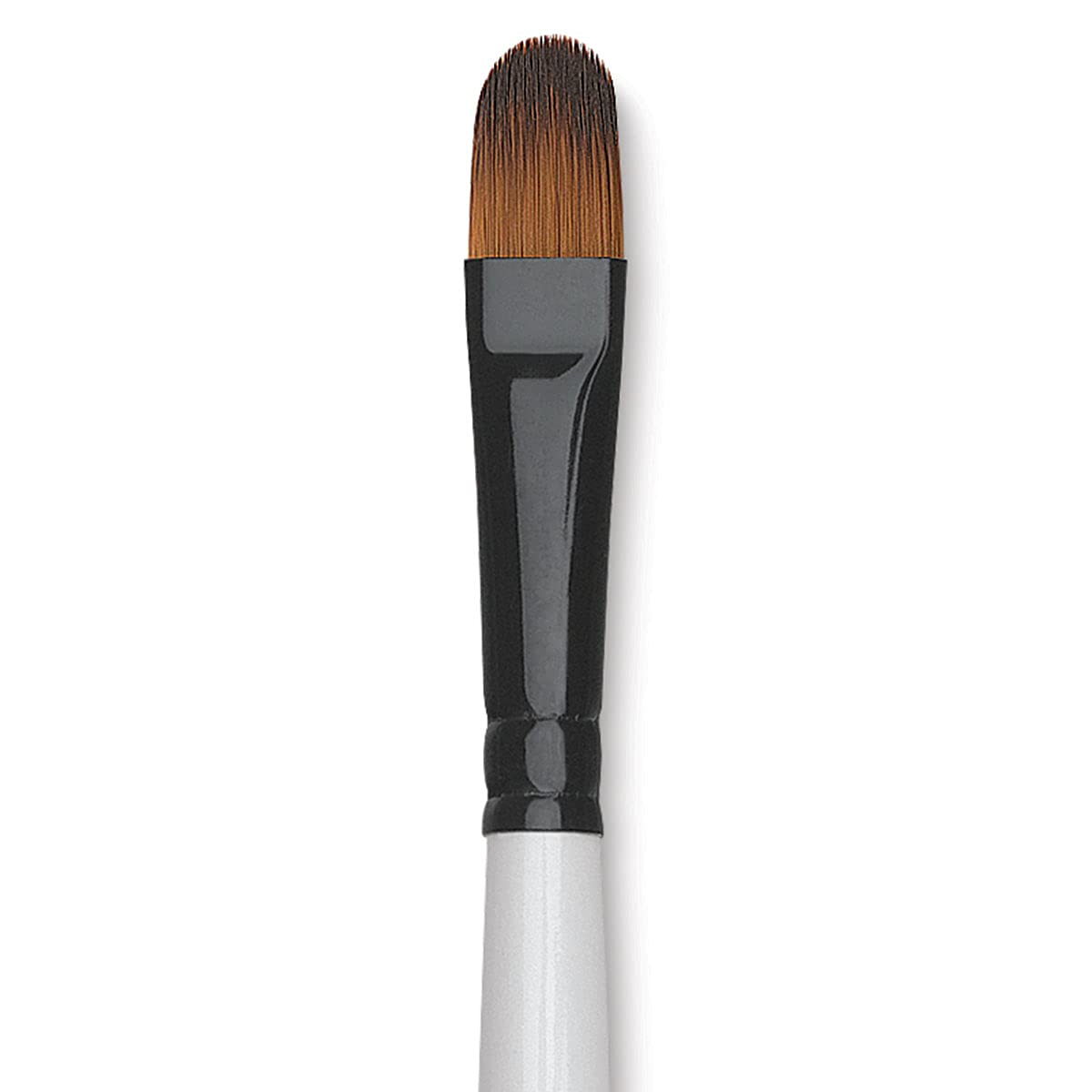 Filbert brushes combine the rounded tip with a flat ferrule, incorporating good features of both flat and round brushes. They are ideal for blurring edges and for color blending.
Filbert brushes combine the rounded tip with a flat ferrule, incorporating good features of both flat and round brushes. They are ideal for blurring edges and for color blending.
Uses: Great for blending and softening, producing rounded edges. Good for painting leaves, flowers, and other things from nature. Good for brushwork that is controlled but still soft. If you are an acrylic painter, the filbert is one kind of paintbrush that allows for smooth blending and texturing on the canvas.
4. Fan Brushes
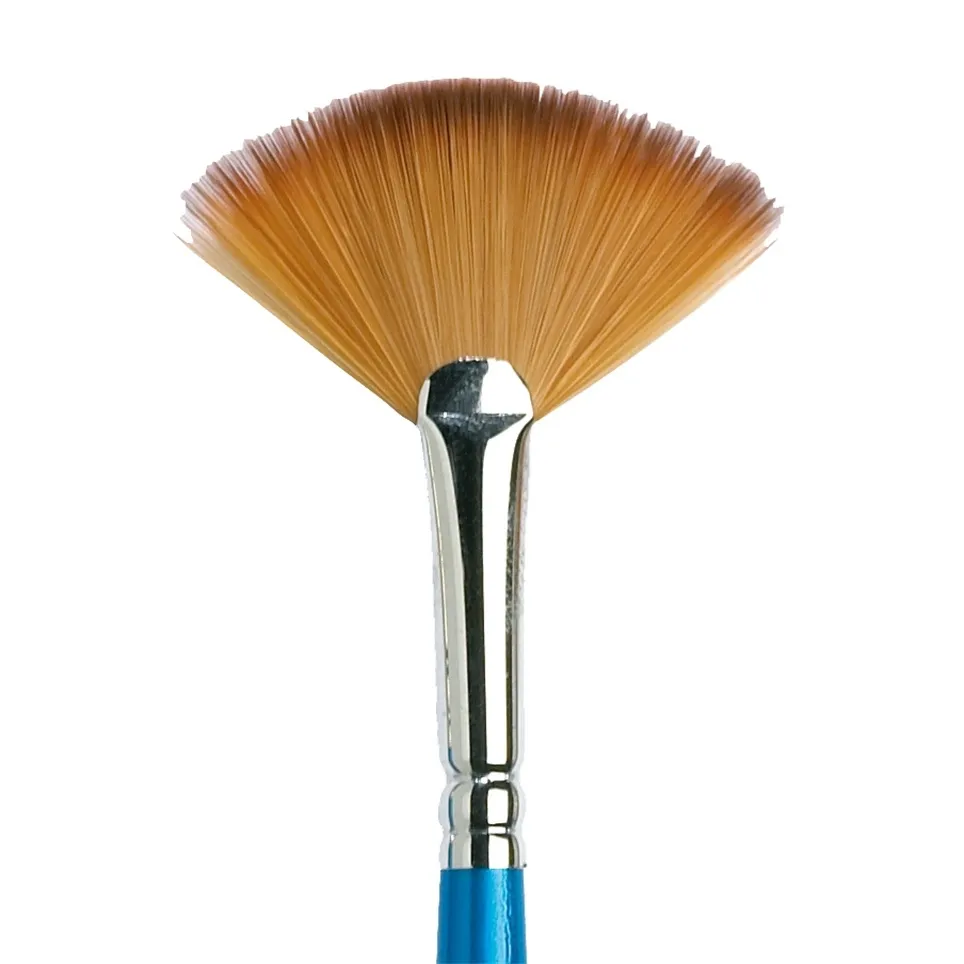 The fan brushes are easily recognizable by their spread-out bristles that look like a fan. Mostly used for making special effects such as natural textures and backgrounds.
Uses:
Perfect for the foliage, grass, and textured skies to be painted.
Really good for blending and softening harsh lines.
Ideal for creating realistic textures within landscapes.
This is one of the different kinds of paint brushes where their uses involve adding dimension and texture to your paintings, especially in acrylics and oils.
The fan brushes are easily recognizable by their spread-out bristles that look like a fan. Mostly used for making special effects such as natural textures and backgrounds.
Uses:
Perfect for the foliage, grass, and textured skies to be painted.
Really good for blending and softening harsh lines.
Ideal for creating realistic textures within landscapes.
This is one of the different kinds of paint brushes where their uses involve adding dimension and texture to your paintings, especially in acrylics and oils.
5. Angular Brushes
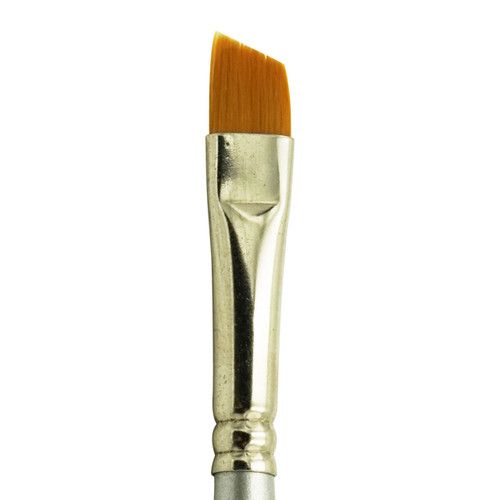 Angular or slanted brushes have bristles cut at an angle. So, they are helpful in painting corners and for effective painting as well, while keeping precision very high.
Angular or slanted brushes have bristles cut at an angle. So, they are helpful in painting corners and for effective painting as well, while keeping precision very high.
Uses: It is good for small spaces and sharp edges. Suitable for curved lines and forms. It's great for dynamic strokes and blending. Angular brushes are very versatile, used for larger strokes, as well as detailed work.
6. Detail Brushes
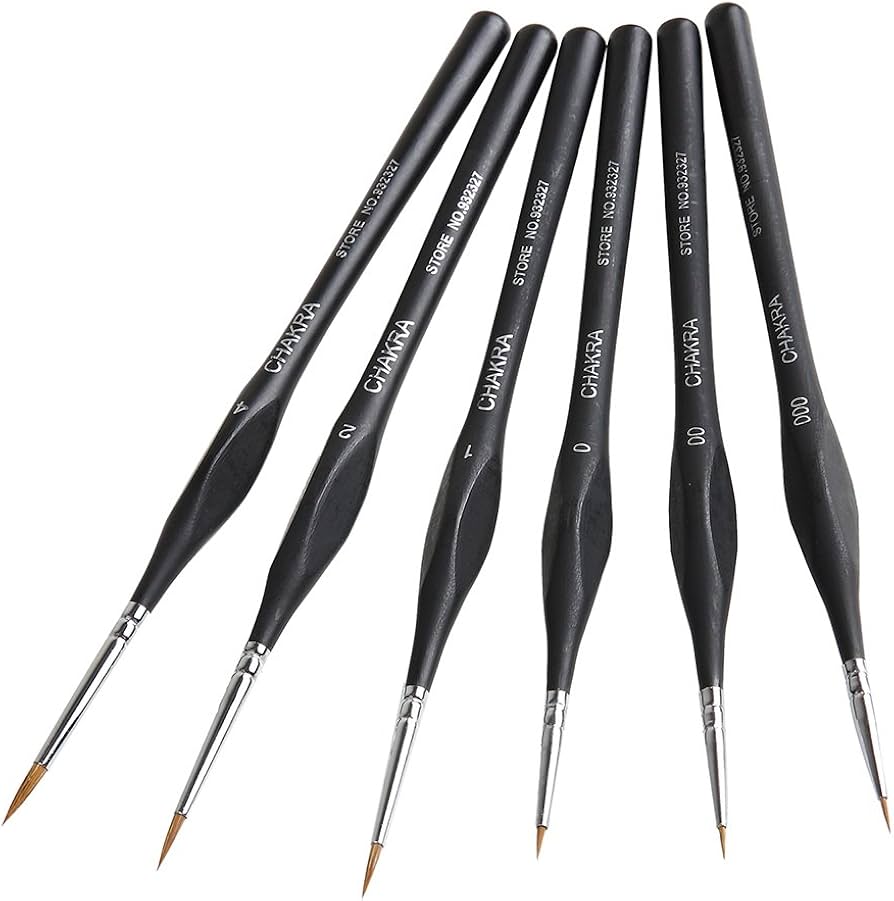 Detail brushes are little, small brushes with tiny bristles. This type of brush is best for conducting detailed, sophisticated work, making it an essential tool to possess for any artist who enjoys detailing his or her paintings.
Detail brushes are little, small brushes with tiny bristles. This type of brush is best for conducting detailed, sophisticated work, making it an essential tool to possess for any artist who enjoys detailing his or her paintings.
Uses: Ideal for small details, such as highlights, facial features, and fine details. Best for fine art and miniature painting. Good for building up texture in an acrylic, oil, and watercolor painting.
If fine detail work is necessary for your art, then these are the different types of paint brushes that help illuminate the fine details.
7. Mop Brushes
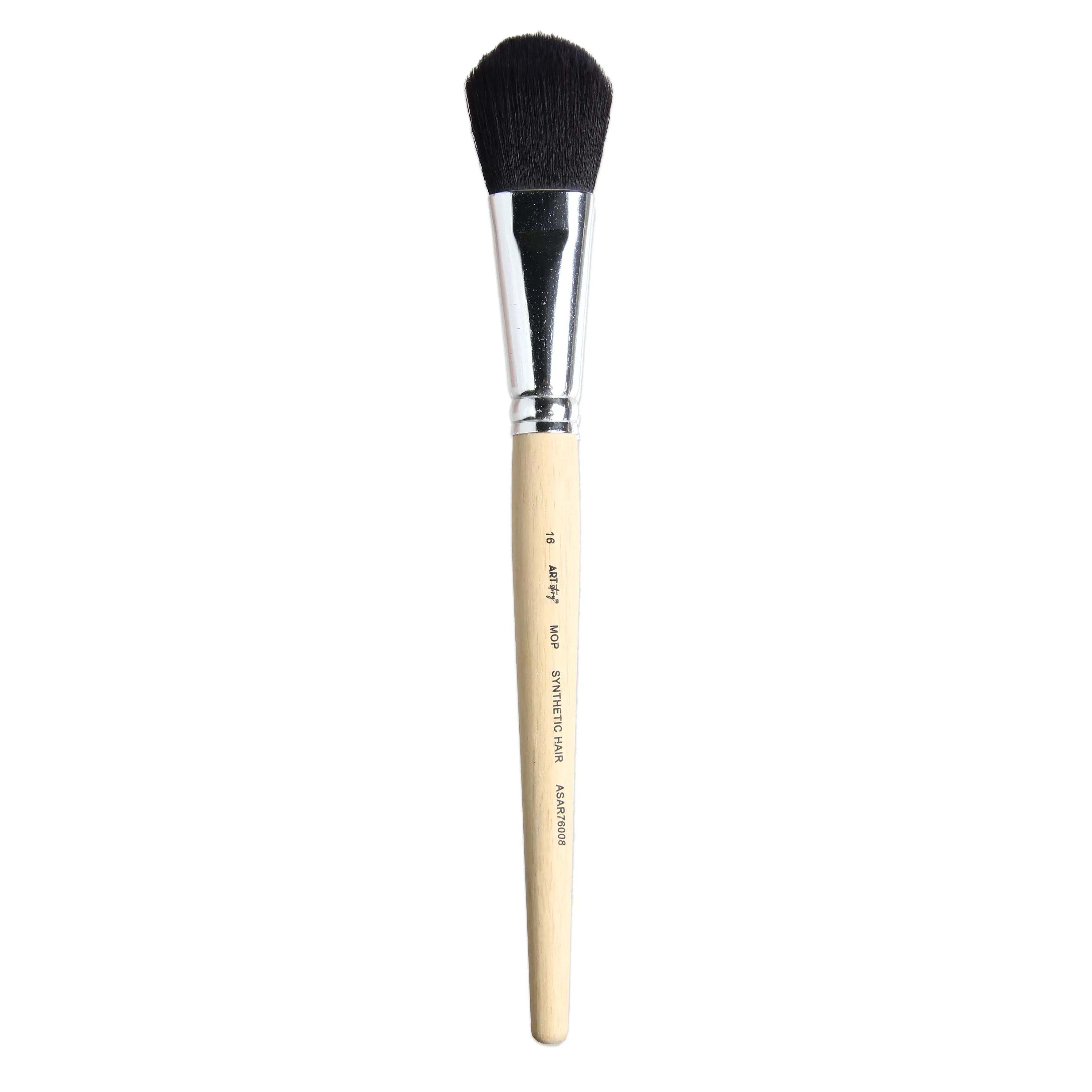 Mop brushes are a type of large, soft round brush with absorbent fibers. Such brushes are suitable for watercolor artists who might need to spread a lot of water or paint quickly.
Mop brushes are a type of large, soft round brush with absorbent fibers. Such brushes are suitable for watercolor artists who might need to spread a lot of water or paint quickly.
Uses: Ideal for large washes and blending. Good for making smoothly graduated backgrounds. Ideal for getting rid of excess paint or water.
Mop brushes are incredibly important in the work of watercolor, mainly when necessary to achieve very soft gradients or blurred edges.
8. Rigger Brushes
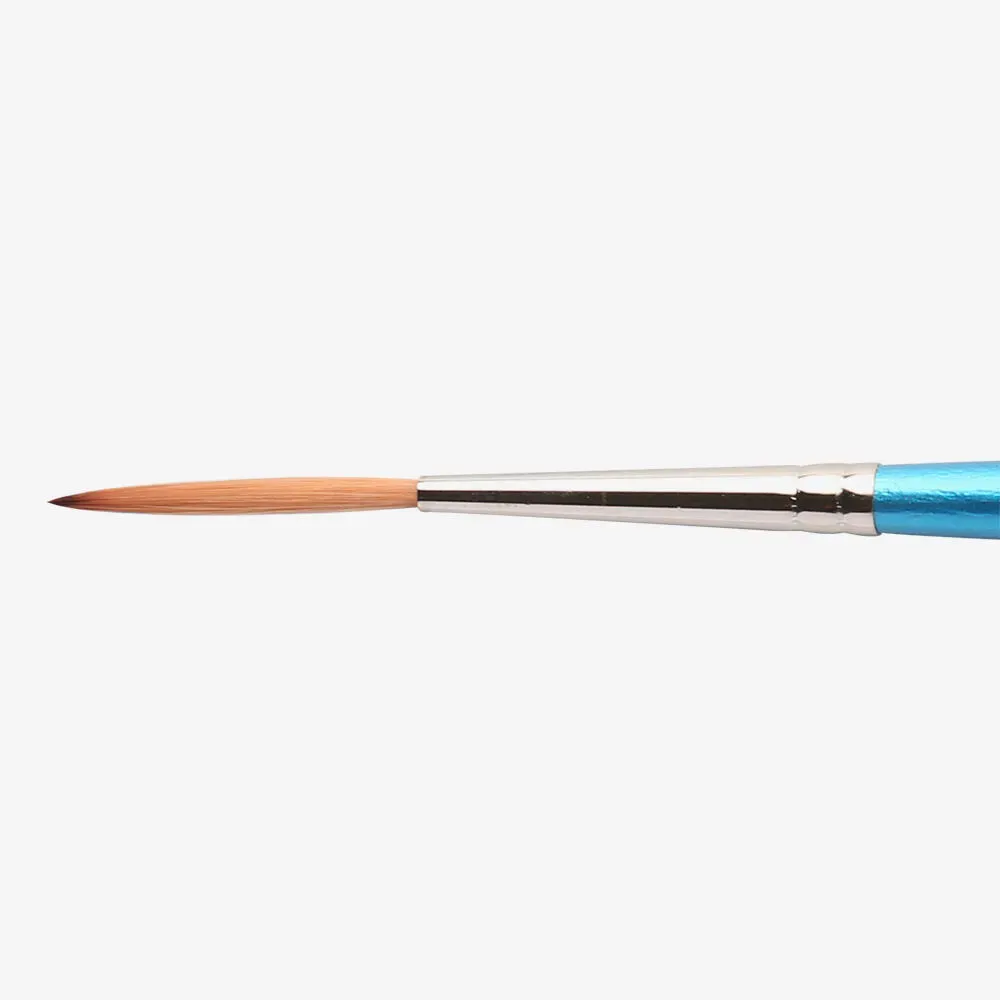
Rigger brushes are long and thin, designed for detailed line work with subjects like tree branches, wires, or grass. They can hold a lot of paint because of their length, making them perfect for continuous strokes.
Uses: Ideal for long, fluid lines like tree branches, grasses, or fur. Ideal for fine detail and thin lines. Best for script-like strokes in watercolor or acrylic. For acrylics and watercolors, brush types such as riggers facilitate smooth, uninterrupted lines.
9. Bright Brushes
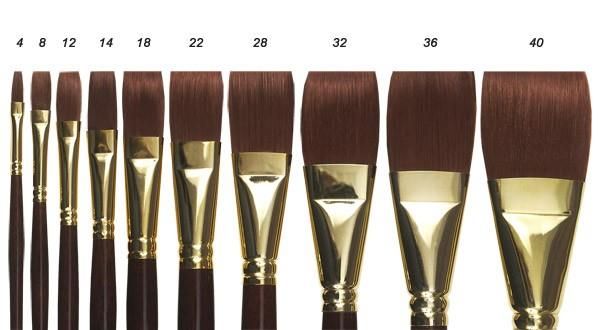 Bright brushes are much like flat brushes, except that the bristles are cut much shorter. They bring better stroke control and help make clear, neat edges.
Bright brushes are much like flat brushes, except that the bristles are cut much shorter. They bring better stroke control and help make clear, neat edges.
Uses: Ideal for short, controlled strokes. This is great when using impasto techniques by applying thick paint. Ideal for painting texture.
This type of brushes is good for fine artists using acrylic and oil paint that needs to have controlled, precise brush strokes.
Conclusion
It's good to choose the right type of paintbrush which is supposed to bring out the requisite effects in your work. Understanding the different types of brushes and their uses would help you produce beautiful and dynamic works, be it with acrylics, oil, or watercolours. Experiment with all the different options; flat brushes, round brushes, filberts, and you will have found the perfect tool for every stroke. Happy painting!

